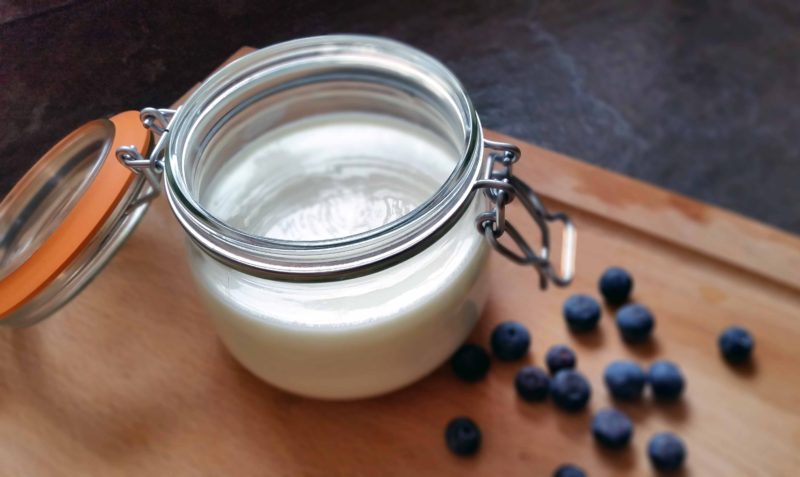
Making your own yoghurt couldn’t be any easier. I eat loads of yoghurt, simply for its health benefits. It’s a great way to save money, you would otherwise spend on expensive probiotic supplements. Let me show you how to make your own yoghurt.
Benefits of homemade Yoghurt
Probiotics contribute to the health and balance of the intestinal tract. A probiotic is also called the “good” bacteria which when ingested acts to maintain a healthy intestinal tract and helps fight illness and disease.
Poor eating habits, chlorinated drinking water, stress, disease and the use of antibiotics in food, as well as in medical treatments can wreak havoc in the gastrointestinal tract. It destroys good bacteria and allows the bad bacteria to multiply. When the ratio of good bacteria to bad is lowered, problems begin to arise such as excessive gas, bloating, constipation, intestinal toxicity and poor absorption of nutrients.
I also like to use yoghurt in dressings and baked goods.
My favourite yoghurt is Bulgarian Yoghurt, you will have to buy one before you can start making your own. Every natural yoghurt which says “live cultures” on the label will actually work. Bulgarian yoghurt is creamier and thicker than most of the others.
How to make your own Yoghurt
You will need to keep the yoghurt at a constant temperature of 42 degrees Celsius, for 5-8 hours while it’s fermenting. I recommend using a thermal flask which you only use for this purpose. Another option is to fill the yoghurt into jars and place them into the cold oven with only the oven light turned on. You can also go all fancy and buy a yoghurt maker which will do the work for you.
Homemade Coconut Milk Yoghurt is a great alternative for everybody who would like to go dairy-free.
Enjoy your homemade yoghurt and go wild with all different kind of flavour combinations.
Your turn
What is your favourite yoghurt flavour? Let me know, I’m looking forward to reading your comments.
For more updates follow me on Facebook, Twitter, Instagram, Pinterest or subscribe to my YouTube channel!
How to make your own yoghurt
Ingredients
- 4 cups organic milk goats or cows milk will both work
- 4 tablespoons Bulgarian yoghurt with live cultures
- instant-read thermometer
- Flask or other thermal containers to keep a constant temperature
Instructions
- Heat the milk up to 72 °C-80 °C and keep the temperature for 20 min. This will eliminate any competing bacteria which would prevent the yoghurt from thickening.
- Take the pot off the heat and let cool to 107 °F/42 °C.
- Separate two ladles of milk and pour them into a small bowl. Stir in the 4 tablespoons of yoghurt until smooth.
- Add the milk yoghurt mix back to the warm milk.
- If you like your yoghurt extra thick, keep it on the stove for another 15 min, at 107 °F/42 °C.This is just my personal preference but this step can be omitted.
- Pour the mixture into a flask or yoghurt maker and let sit for 5-8 hours. Don't stir during that time or it might not thicken.
Notes
Rule of thumb: You will need to add 1 tablespoon of yoghurt for each cup of milk.
Nutrition
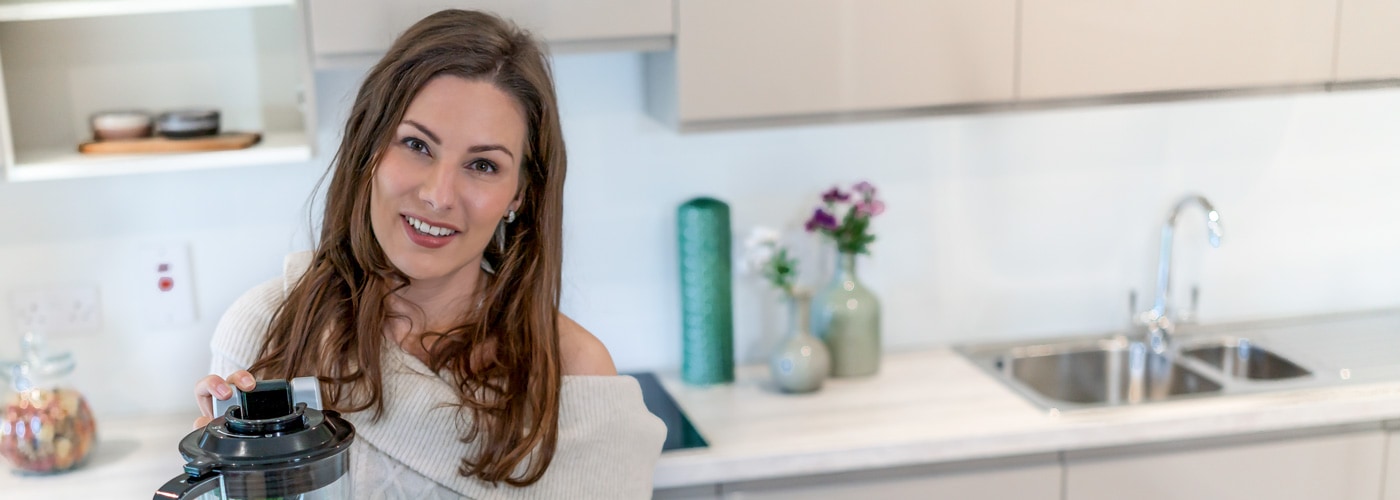
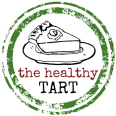
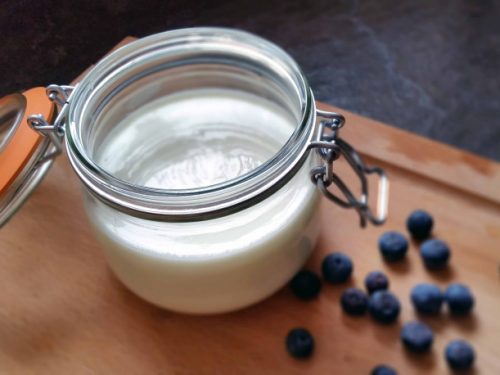
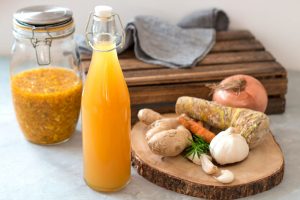
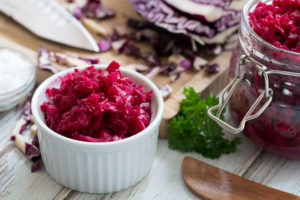
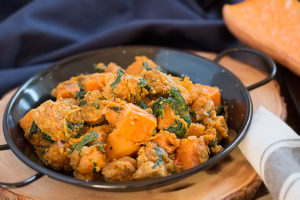
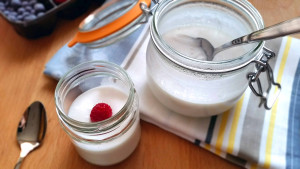
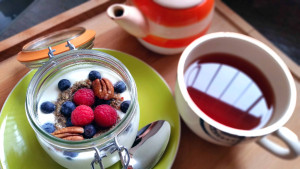

Hi Eva,
Sorry but where do you get Bulgarian yoghurt with live cultures? Is there somewhere in Dublin that sells that? Thanks! 🙂
Love the blog!
Eleanor
Hi Eleanor,
I’m delighted to hear that you like my blog. Usually, I use the regular organic natural yoghurt from Glenisk that you can buy in supermarkets. I would assume that health food stores sell starter cultures, they can also be ordered online but natural yoghurt will work just fine. Hope you will be enjoying your first homemade yoghurt soon.
Eva
Hi Eva,
Thanks a lot for the quick reply! Great, I will try it with that kind of organic natural yoghurt. I have also had trouble with Candida, I’m about to go on a kind of cleanse to improve my digestion and gut bacteria, started making the bone broth last night. Excited..it already smells so good.
Keep up the good work!
Eleanor
Hi Eleanor,
you are welcome. I have some bone broth simmering away in my slow cooker as well at the minute. Kefir also helped me a lot to rebuild my good gut bacteria, getting rid of candida can, unfortunately, take quite a while. Feel free to email me if you if you think you would benefit from a nutritional consultation at any stage or just keep following my blog. Thanks again for your kind words.
Eva
Hi Eva,
Hope you are well!
I was just wondering where you got your thermometer for measuring the heat of the milk? Did you get it in Dublin or online somewhere? I tried it yesterday but I only had a people thermometer and it won’t read temps over 41 degrees, so I found it very hard to not let the milk boil!
Hi Eleanor,
sorry for the late reply, I use a ThermoMix which has a built in thermometer but you find thermometers in every good home store. Recently, I have seen a sugar and jam thermometers in Debenhams, hope this helps. x Eva